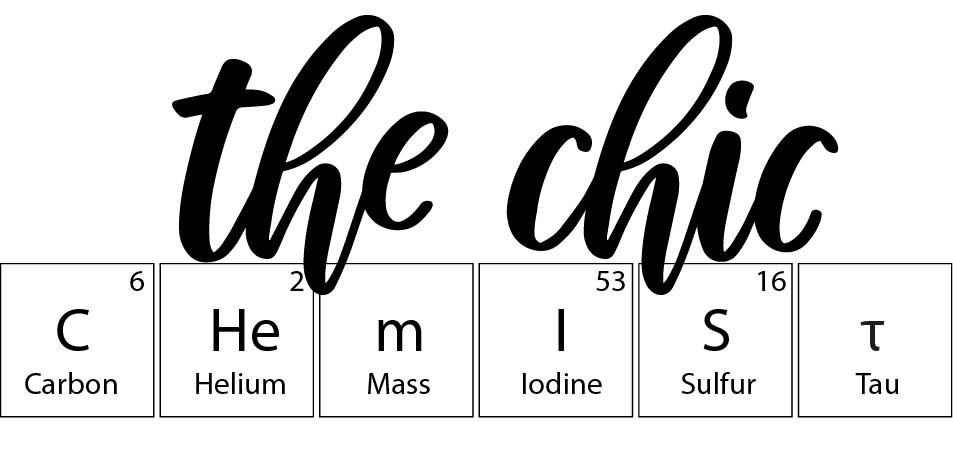I got a request from a follower (shout out to my sorority BIG for being that follower) to go more in depth on the previous blog post. I decided to switch to clean skincare for my own personal benefit. This is super interesting to me because the first thing I do whenever I am out shopping for anything that will be used on my body is check the ingredients. I have a brief understanding of most of them thanks to my pharmaceutical industry experience. But now it’s time to spread that knowledge so you can be better informed when buying these for yourself and your loved ones!
Also, let me say that I am just defining the different ingredients. You have to pick and choose what you would like to use in your products. For me, I know that parabens are important in certain products as well as sodium lauryl sulfate and others that are necessary for shelf life extension.
So what do you say? Want to learn more? Let’s get started!
The governing body that regulates the cosmetic industry that includes skincare products is the FDA with primary focus on the FD&C (Federal Food, Drug, and Cosmetic) Act. A lot of information is available for us as consumers on their website which I really appreciate because it allows anyone to gain knowledge about the products they use daily. Cosmetic products are defined as “articles intended to be rubbed, poured, sprinkled, or sprayed on, introduced into, or otherwise applied to the human body…for cleansing, beautifying, promoting attractiveness, or altering the appearance” (FDA website). This can include, lipsticks, perfumes, moisturizers, nail polishes, etc.
One of the most important aspects of the industry that was highly ingrained in my brain is the idea that adulteration and misbranding of products is completely prohibited. Adulteration in this case means the product is tainted with any type of dangerous material either in the product itself or the package it is contained in. Misbranded products involves improper labeling or packaging. Any products that violate these laws will have FDA action taken against them. Pretty much, anything that is available online/on shelves and registered with the FDA are there because the product is neither adulterated or misbranded. The FDA does regulate testing of cosmetic products and inspects manufacturing facilities to make sure they are compliant with general manufacturing expectations.
Now in terms of whether the FDA approves cosmetic products before they are sold is a different story. There are no specific terms on pre approval marketing for products except on color additives. This means that any ingredient in a product can be used in a formulation as long as the product is labeled correctly, the ingredient is safe, and it is not adulterated/misbranded. So there isn’t a crazy amount of regulation but there is some. The responsibility more so falls on the companies who manufacture a cosmetic product. However, a manufacturer does not necessarily have to show any data gathered on the safety of the product just as long as it is safe. If there is any issue and a recall needs to happen, it comes from the manufacturer rather than the FDA.
There are ingredients that are listed by the FDA as prohibited and restricted. The following are clearly defined to be harmful:
- Bithionol – causes photocontact sensitivities.
- Chlorofluorocarbon propellants
- Chloroform – causes cancer.
- Halogenated salicylanilides – causes skin disorders.
- Hexachlorophene – toxic penetrability on mucous membranes (lips).
- Mercury compounds – causes neurotoxicity issues.
- Methylene chloride – causes cancer.
- Cattle byproducts – can cause “mad cow disease”.
- Sunscreens in cosmetics – have to undergo further drug regulation screening.
- Vinyl chloride – causes cancer.
- Zirconium containing complexes – forms granulomas in skin.
These are all specifically monitored amongst cosmetic products. If you ever see them in something you use, contact the FDA.
Some chemicals that I try to avoid or keep to a minimum are the following:
- Sodium lauryl sulfate – found in shampoo, toothpaste, mouthwash, body wash, face wash, and foundations. Can cause skin irritation, canker sores, and changes skin’s oil balance. Contributes highly to cystic acne primarily around the mouth and chin.
- BHA – Butylated Hydroxyanisole is determined as unsafe in the European Union.It can be found in exfoliants and perfumes. Known as a carcinogen that can also cause depigmentation.
- Triclosan/Triclocarbon – found in toothpaste, antibacterial soaps, and deodorants. Determined to have no significant health benefits by the FDA. Linked to hormonal disruption, bacterial resistance, impaired muscle function, and increased allergies. Tea tree oil is now being used as a safe, more natural resource for antibacterial and antiseptic agents.
- Aminophenol/Diaminobenzene/Phenylenediamine (coal tar) – found in hair dye and shampoo. Banned in the EU. Known to be a carcinogen by the National Toxicology Program. Long term safety of coal tar is still unknown.
- Parabens – found in makeup, moisturizers, shaving gel, lubricants, and spray tan products. Long chain types such as propyl and butyl can cause reproductive and developmental disorders as well as messing with the endocrine system.
- Polyethylene/PEGs – found in scrubs, body wash, toothpaste, and makeup. Comprises the scrubbing beads found in face washes. In combination with 1,4 dioxane ( known as a carcinogen) can cause skin irritation.
- Retinol – found in moisturizers, lip products, sunscreens, and anti-aging products. Carcinogenic when used during the day in sunlight. Very important to use only at night.
- Petroleum distillates – found in mascaras. Can cause contact dermatitis.
- Fragrance – found in moisturizers, lotions, shampoos, conditioners, deodorants and face creams. Can cause hormone disruptions. Ingredients never explained on a product.
- Oxybenzone – found in sunscreen. High risk chemical that disrupts male and female hormones. Go for zinc oxide or titanium oxide when you can.
- Dibutyl phthalate, toluene, and formaldehyde – found in nail polish and nail products. Linked to birth defects, endocrine disruptions, headaches and respiratory problems.
- Hydroquinone – found in skin lighteners. Can cause skin diseases and lesions on the skin. Most likely to be illegally imported with even more dangerous chemicals. Just avoid it.
So these are the ones I try to avoid or keep to a minimum. I am not a doctor or certified but I do try my best to use clean products that keep skin damage at a low level.
This is a lot of information, I know, but everyone should know about the stuff they put on their skin. And never be afraid to ask questions. I am willing to answer anything!! And I want to help!!!
Xox,
Z




